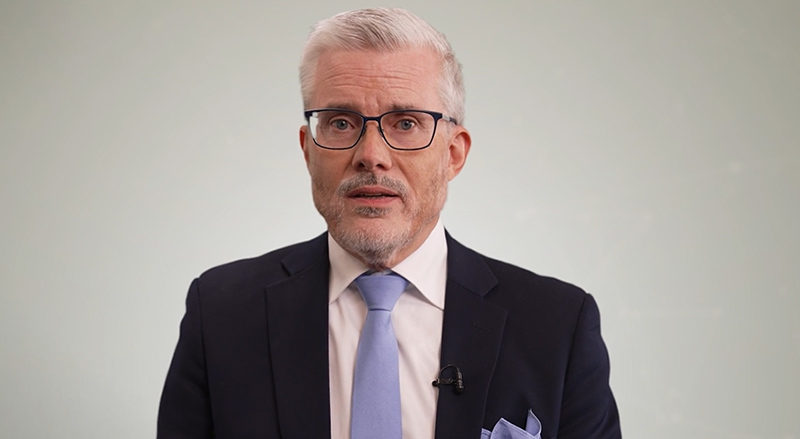As technologies such as Artificial Intelligence become more commonplace, it has become increasingly important to verify our data and understand where it comes from. Similarly, across the globe, there is a rising awareness among consumers regarding the origins and sourcing of their food.
This awareness stems from a growing aspiration to make healthier and more mindful dietary choices. Additionally, consumers are now acknowledging the importance of making purchases that align with sustainability and ethical considerations.
In this episode of Blockchain Trailblazers, Stephan Nilsson (CEO and Co-Founder of UNISOT) details how his company offers a true Web3 supply-chain traceability and sustainability platform.
Artificial Intelligence and verifying data
Nilsson began by noting that the world’s data is facing something of an inflexion point as AI tools become more commonplace. While this technology has advantages, it also makes it much harder to tell whether something is genuine or not.
He pointed specifically to the rise of AI-generated videos and pictures and how it is almost impossible to tell them apart from the genuine article from the naked eye. ‘This is where blockchain can come in and help us verify data that is generated, but more importantly, the source of the data can be verified by the blockchain.’
Nilsson explained that UNISOT verifies data in supply chains by allowing every party in the chain to connect to the blockchain as a global data layer.
‘With blockchain, you enable all the actors in the blockchain to be connected directly to the data source – to the data layer. And by doing that, every actor that is entering information into the system is now signing that with their digital signature, which means they are legally liable for that information.’
Not magic – but close
Nilsson cautioned that this is not a ‘magic system’ and that like any database, putting ‘bad data’ in will result in bad information coming out. However, what the blockchain does offer is auditability so that you can see who put the data in and follow up on it.
‘And it’s also very useful for auditors to be able to audit information. They now have all the information in one place and that is digitally signed by the people that put it in there,’ Nilsson said.
He added that blockchain technology is set to disrupt several key industries in the coming years, similar to when the Internet was first introduced. ‘In comparison to most systems today, where you are using a centralised database or a distributed database that is controlled by one or a few companies with a public blockchain, you won’t have that (anymore).
‘You don’t have any owner. So each company owns and controls its data in a blockchain and can also start monetising information on the blockchain. That makes the blockchain both a data layer and gives an economic incentive for companies to start using it to start exchanging information with each other.’
Where does your food come from?
One of the industries that is most likely to benefit from blockchain technology is food production and supply. Nilsson noted that consumers are increasingly checking the origin of their foods and whether they meet their dietary, religious or moral standards.
However, he noted that having too much information can also be a bad thing, as products plastered with labels often obfuscate exactly where food came from and how it got to the store shelves.
Companies like UNISOT are now creating track and trace solutions using blockchain technology to introduce transparency and traceability into every stage of the supply chain. This is achieved through the implementation of Digital Product Passports (DPP).
The DPP consolidates information from various parties involved in the supply chain, such as raw material sources, manufacturing facilities, certifications, and waste management practices. By scanning a QR code, manufacturers and end users can access this information, including details on cold chain integrity and carbon footprint.
The DPP empowers consumers to make informed purchase decisions and provides suppliers with a means to demonstrate accountability.
UNISOT’s offering
This episode of Blockchain Trailblazers also includes an explanation by Nilsson of how UNISOT’s platform works, including:
- How the platform was created and the decision to use the BSV blockchain;
- The benefits of trustable, immutable data in global supply chains;
- The integration of IPv6 and machine learning;
- Plans for the future and how blockchain will change food supply chains going forward.
